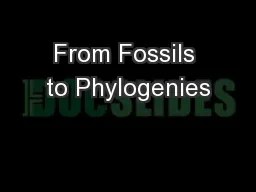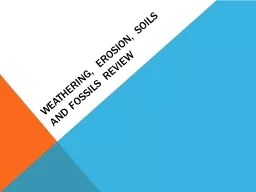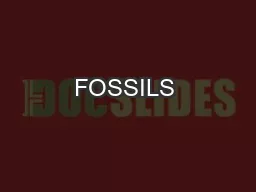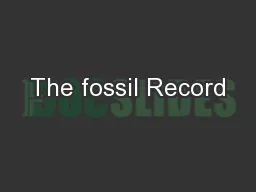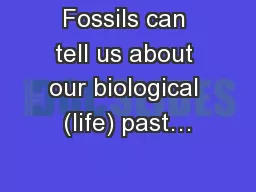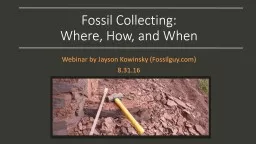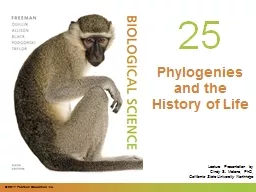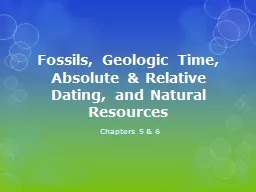PPT-From Fossils to Phylogenies
Author : luanne-stotts | Published Date : 2017-12-21
Dane Besser and Baylee Goodwin In the laboratory of Stephen Ramsey Who are we Professor Stephen Ramsey PhD from University of Maryland faculty in Biomedical Sciences
Presentation Embed Code
Download Presentation
Download Presentation The PPT/PDF document "From Fossils to Phylogenies" is the property of its rightful owner. Permission is granted to download and print the materials on this website for personal, non-commercial use only, and to display it on your personal computer provided you do not modify the materials and that you retain all copyright notices contained in the materials. By downloading content from our website, you accept the terms of this agreement.
From Fossils to Phylogenies: Transcript
Download Rules Of Document
"From Fossils to Phylogenies"The content belongs to its owner. You may download and print it for personal use, without modification, and keep all copyright notices. By downloading, you agree to these terms.
Related Documents

